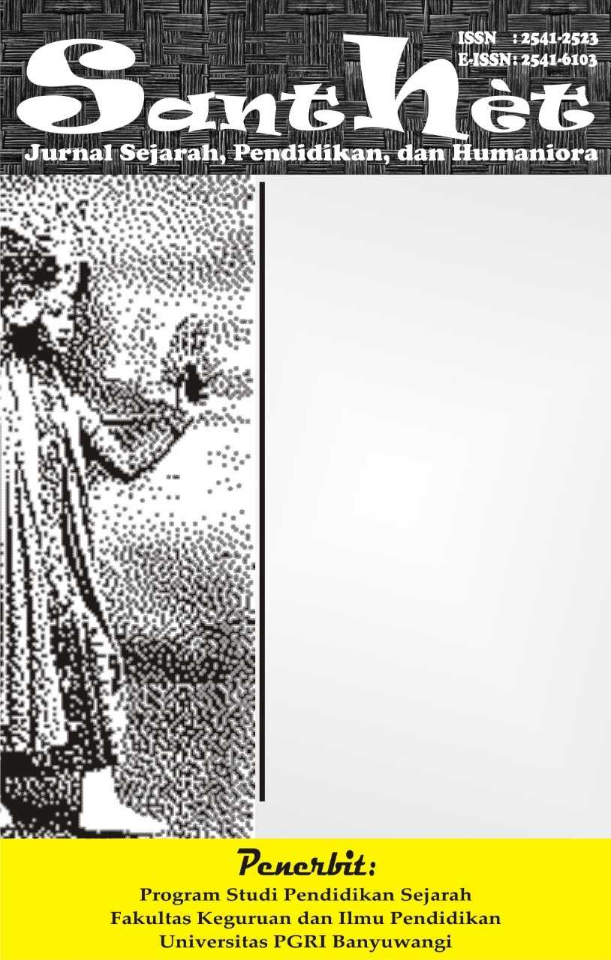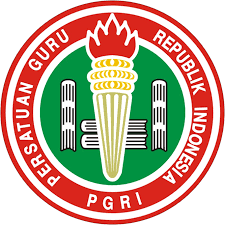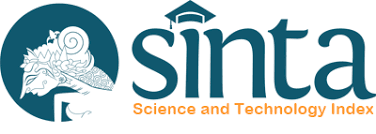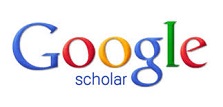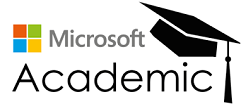Efektivitas Komunikasi Museum Perjuangan sebagai Wisata Sejarah Terhadap Zilenial
DOI:
https://doi.org/10.36526/santhet.v7i1.2522Keywords:
Communication effectiveness, Historical tourism, ZilenialAbstract
The Perjuangan Museum was founded on November 10, 1957, to pass on the spirit and fighting spirit of the 45 values to future generations. However, tourist visits to the struggling museum are not as busy as other history museums in the city of Bogor, such as the Map Museum. Travelers especially zilenial. One of the current problems is that millennial tourists are indirectly less interested in visiting the Perjuangan Museum. This could be motivated by the lack of optimal communication from the Perjuangan Museum. The purpose of this study is to identify the elements of communication effectiveness from the Museum Perjuangan as historical tourism for the zilenial generation. This research was carried out at the Bogor City Perjuangan Museum. The research method uses descriptive qualitative. Meanwhile, data collection techniques refer to observation, in-depth interviews, and literature studies. The research variables using communication effectiveness can be seen from the elements of the communication process namely Credibility, Context, Content, Clarity, Continuity and Consistency, Channel, and Capability of the audience. Qualitative data analysis consists of three streams of activities that occur simultaneously, namely data reduction, data presentation, and drawing conclusions/verification. Referring to the results obtained related to the effectiveness of communication in the Perjuangan Museum. In the content element, the concern is that the historical information conveyed is not too long but more effective. As for the Channel element, what needs to be emphasized is that the scope of information through the media is expanded.
References
Asmara, D. (2019). Peran Museum Dalam Pembelajaran Sejarah. Jurnal Pendidikan Sejarah dan Riset Sosial Humaniora.
Bencsik, A., & Machova, R. (2016). Knowledge Sharing Problems from the Viewpoint of Intergeneration Management. In ICMLG2016 - 4th International Conferenceon Management, Leadership and Governance: ICMLG2016.
Harahap, M. N. (2021). ANALISIS DATA PENELITIAN KUALITATIF MENGGUNAKAN MODEL MILES dan HUBERMAN. Jurnal MANHAJ, 2643-2653.
Ishak, W., Ahmadin, & Najamuddin. (2020). Pesona Objek Wisata Sejarah di Kabupaten Sinjai. PUSAKA Journal of Tourism,Hospitality, Travel and Busines Event, 98-110.
Nugraha, R. N., & Rosa, P. D. (2022). PENGELOLAAN MUSEUM BAHARI SEBAGAI DAYA TARIK WISATA EDUKASI DI JAKARTA. Jurnal Inovasi Penelitian, 6477-6486.
Putra, Y. S. (2016). THEORITICAL REVIEW : TEORI PERBEDAAN GENERASI. Among Makarti, 123-134.
Setiawan, A. S., & Batubara, R. P. (2022). Penerapan Prinsip Ekowisata di Situ Gede sebagai Daya Tarik Wisata Unggulan Kota Bogor. Jurnal ALTASIA, 45-51.
Solihah, L., & Jumardi. (2021). OBJEK WISATA SEJARAH: SEJARAH DAN PERKEMBANGAN MERCUSUARANYER-BANTEN. Santhet: Jurnal Sejarah, Pendidikan dan Humaniora, 181-184.
Sugiarti, & Gunawan, H. (2020). Profil dan Persepsi Peminat Wisata Museum Nasional Sejarah Alam Indonesia di Kota Bogor. Jurnal Pariwisata Terapan, 111-129.

